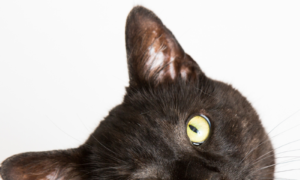Cats tend to be happier when they have a feline companion. When picking a second cat, it’s a good  idea to note your existing cat’s habits and pick a companion that will complement them. In Anitra Frazier’s book The Natural Cat, she identifies good second cat companions based on the existing environment. Here are some suggestions for picking a second cat:
idea to note your existing cat’s habits and pick a companion that will complement them. In Anitra Frazier’s book The Natural Cat, she identifies good second cat companions based on the existing environment. Here are some suggestions for picking a second cat:
- If your cat is a senior, look for an mature cat who enjoys the company of other felines.
- For a cat that’s a snuggler and enjoys the company of people, a good companion would be a playful cat that enjoys the company of other felines to that of humans
- Cats that are healthy but a bit overweight would do well with a young adult cat that’s active but also respectful of other felines
- A rambunctious young cat that is demanding of your attention and time would do great with another young very active cat preferably older than five months old but not older than three years old
- For a cat that you consider a best friend but feel they are alone too much, a good companion would be a cat of similar age that enjoys that company of other cats as much or more than the company of humans
Before bringing the second cat home, be sure to have him checked by your veterinarian for parasites and any other contagious diseases. A week or so before bringing the new cat home, spend extra time with your cat. Explain to him what will be happening and talk to him in a reassuring, calm tone.
On the day the second cat comes home, it’s best not to bring him into the house yourself. Cats are very territorial, and having another cat’s scent on you will not bode well for introducing the new cat. If possible, have someone your cat hasn’t met be the one to bring the new cat inside.
The introduction between cats must be done very gradually. It is important for your cat to feel you see him as a valuable member of the family, not to be replaced by the newcomer.
Introduction can take a while, sometimes weeks, but an appropriate one will help your cat be more welcoming to his new companion.





